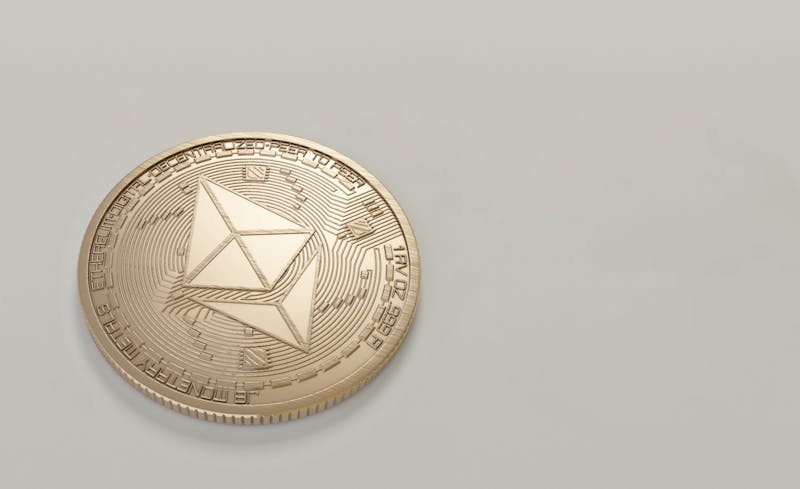In the dynamic world of cryptocurrency, Ethereum seems poised for an intriguing development. A classic technical pattern known as the inverse head and shoulders is subtly emerging, indicating a potential shift that could propel Ethereum from its recent stagnation to new heights. This pattern, often a harbinger of bullish trends, suggests that Ethereum might be preparing for an upward surge. To truly understand this setup and its implications, let’s dive into the technical aspects and potential impacts on Ethereum’s price movement.
Ethereum’s Potential Bullish Breakout: Analyzing the Inverse Head and Shoulders Pattern
Decoding the Inverse Head and Shoulders Pattern in Ethereum
The inverse head and shoulders (H&S) pattern is a revered chart formation among traders and analysts, signifying a potential reversal from a bearish to a bullish trend. In the case of Ethereum, this pattern hints at a forthcoming upward trajectory following a period of consolidation. The critical component of this formation is the “neckline,” a resistance level that Ethereum must breach to confirm the pattern. This neckline, often depicted on charts as a yellow line, serves as a pivotal point for traders, as crossing it typically heralds a surge in buying pressure.
Accompanying this chart pattern are supporting technical indicators like the Relative Strength Index (RSI) and the Moving Average Convergence Divergence (MACD). The RSI remains stable, suggesting Ethereum has room to rise without entering overbought territory, while the MACD indicates improving momentum. These indicators, combined with the structural pattern, strengthen the argument for a potential rally.
Essential Price Levels for Ethereum’s Bullish Reversal
Ethereum’s trajectory isn’t just about patterns but also involves overcoming specific resistance levels. Beyond the neckline, Ethereum faces significant barriers at the $2,160 mark. Overcoming this resistance could set the stage for Ethereum to pursue the next target at $2,858, a level where selling pressure has traditionally intensified.
Further bullish movement might propel Ethereum towards $3,360, a vital area tied to prior price peaks. Each of these milestones serves as psychological thresholds for market participants. Observing trading volume and momentum at these levels is crucial. A breakout, accompanied by rising volume and favorable technical indicators, could indicate a sustained rally, driving prices upward.
What is the inverse head and shoulders pattern?
This technical chart pattern is often used to predict reversals in market trends. It consists of three troughs where the middle one is the lowest, resembling an inverse head, flanked by two higher “shoulders.” Breaking above the associated neckline signals a potential bullish trend.
Could Ethereum’s price surpass $3,360?
For Ethereum to exceed $3,360, it must first break through intermediate resistance levels such as $2,160 and $2,858. Success at these junctures, driven by strong market momentum and volume, could pave the way for reaching and surpassing $3,360.
How crucial is momentum for Ethereum’s price movement?
Momentum is vital in sustaining price movements in cryptocurrency markets. Favorable momentum, indicated by technical tools like RSI and MACD, supports continued price escalation by maintaining investor interest and confidence in upward trends.
Is monitoring Ethereum’s trading volume important?
Yes, trading volume is a critical indicator of market activity and sentiment. Increasing volume alongside price movement often signals the strength and sustainability of a trend, whether bullish or bearish. For Ethereum, high volume during breakout moments can confirm trend shifts.
This detailed examination of Ethereum’s potential resurgence through the lens of the inverse head and shoulders pattern aims to equip investors and traders with the necessary insights to navigate the evolving landscape. As Ethereum approaches pivotal resistance levels, understanding these dynamics becomes essential for making informed investment decisions.

